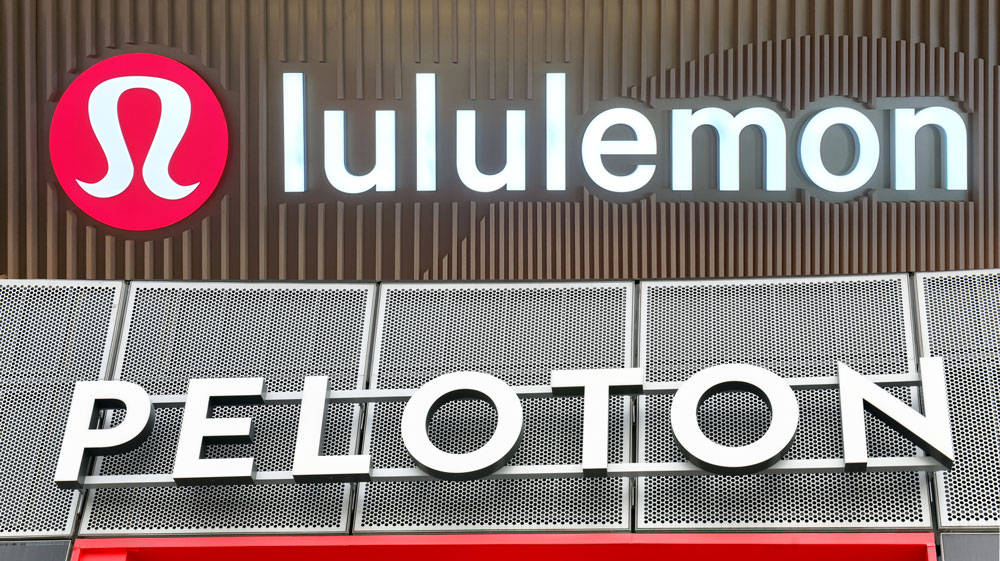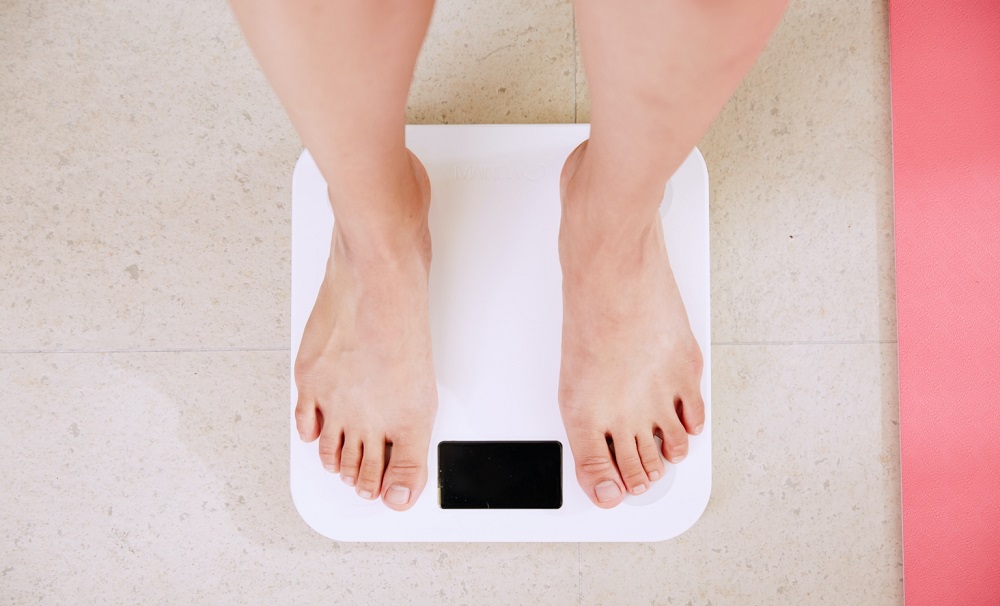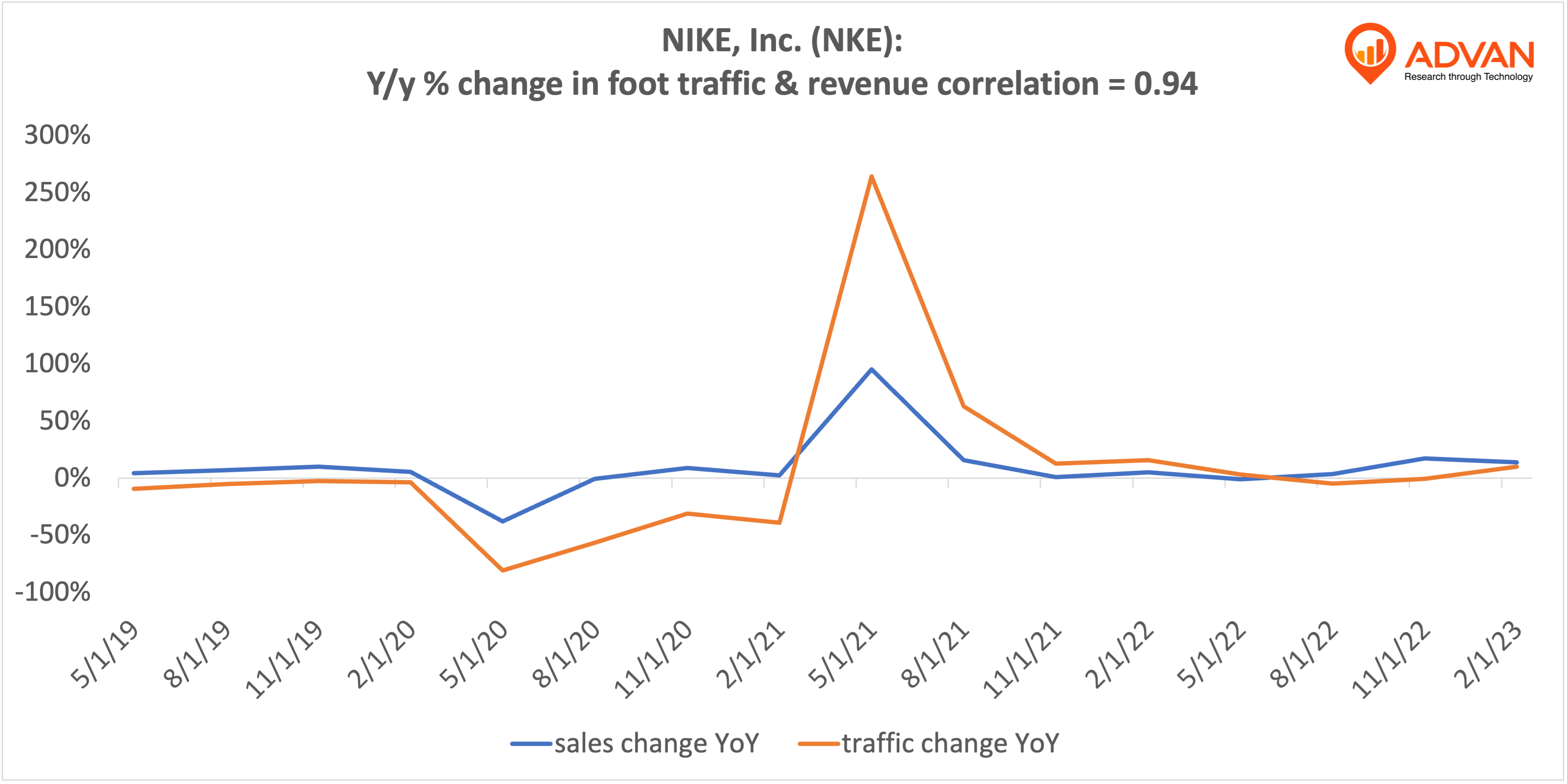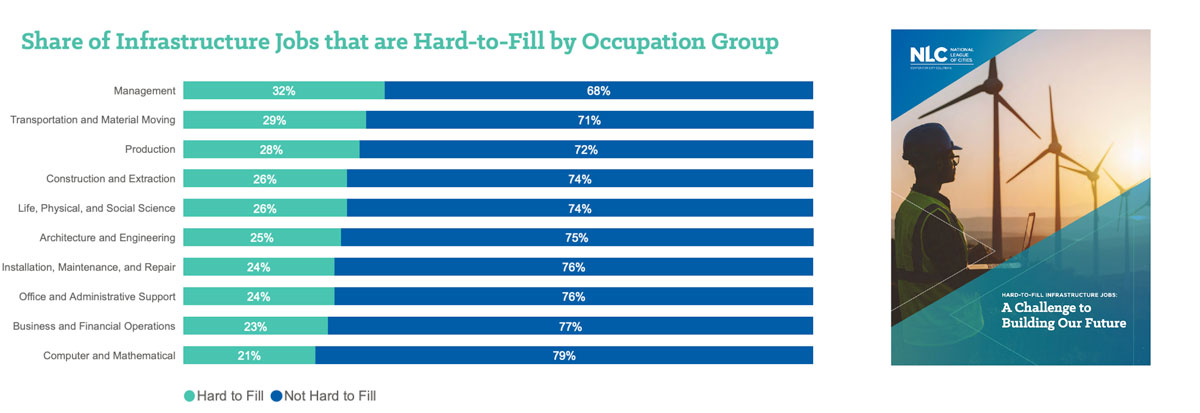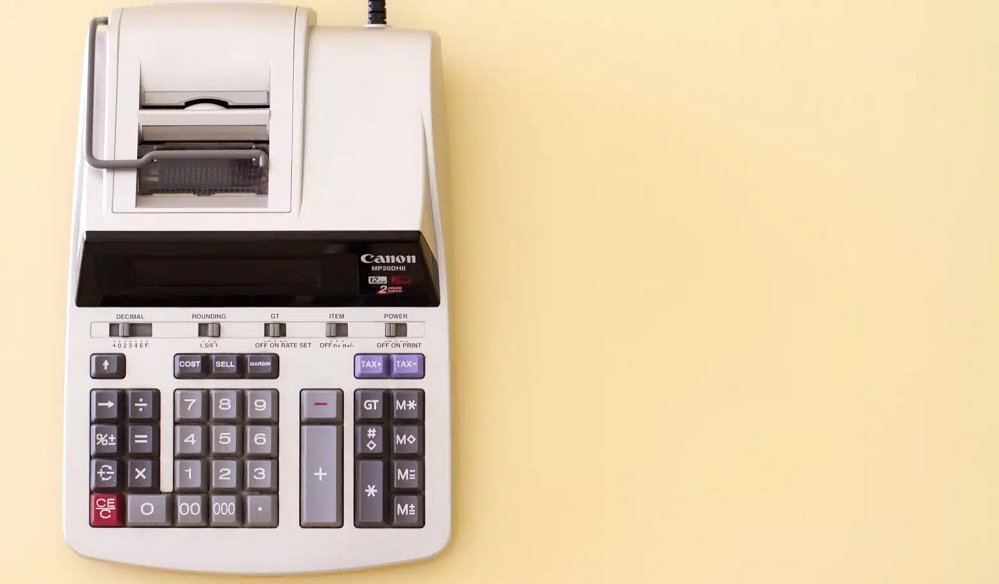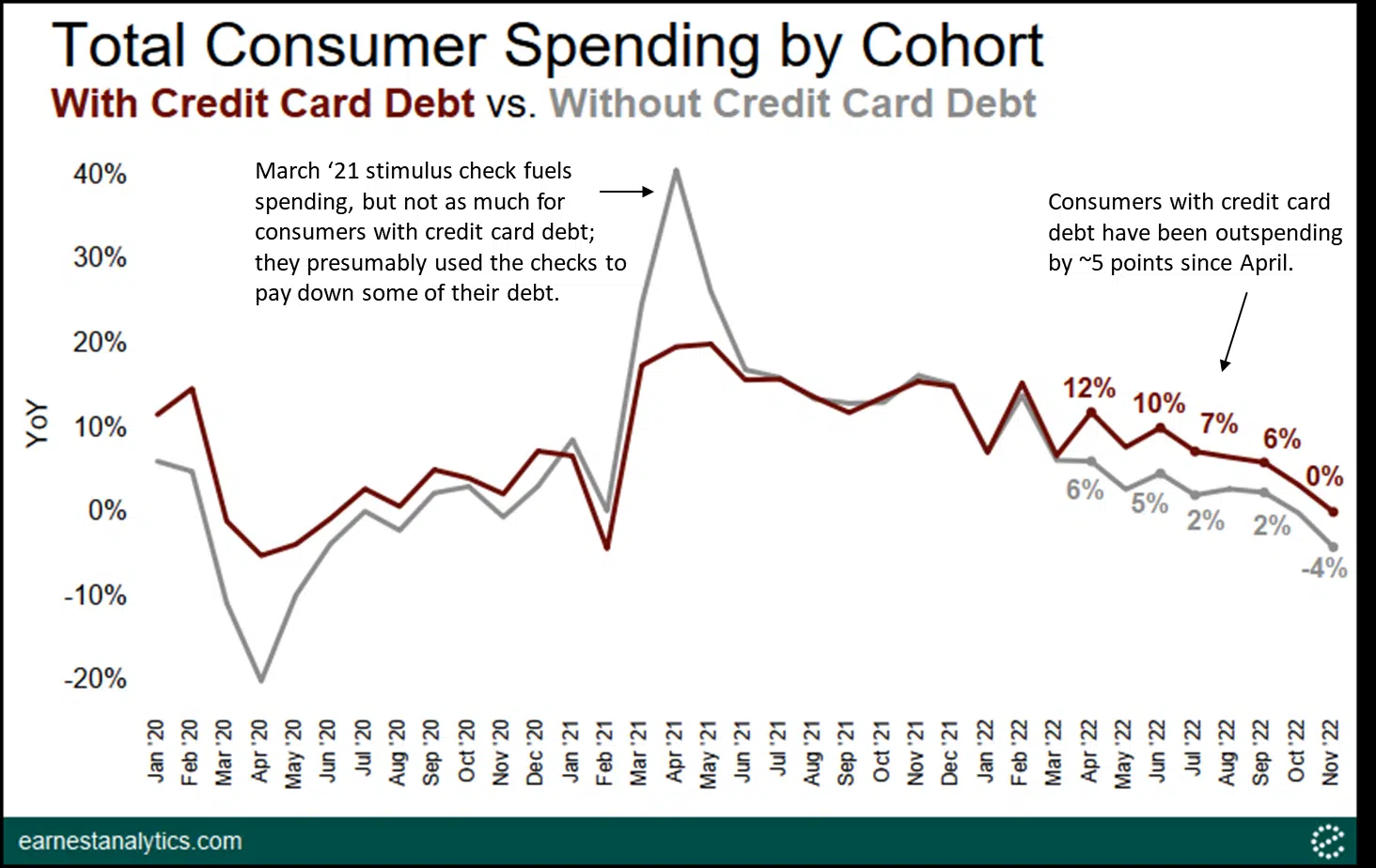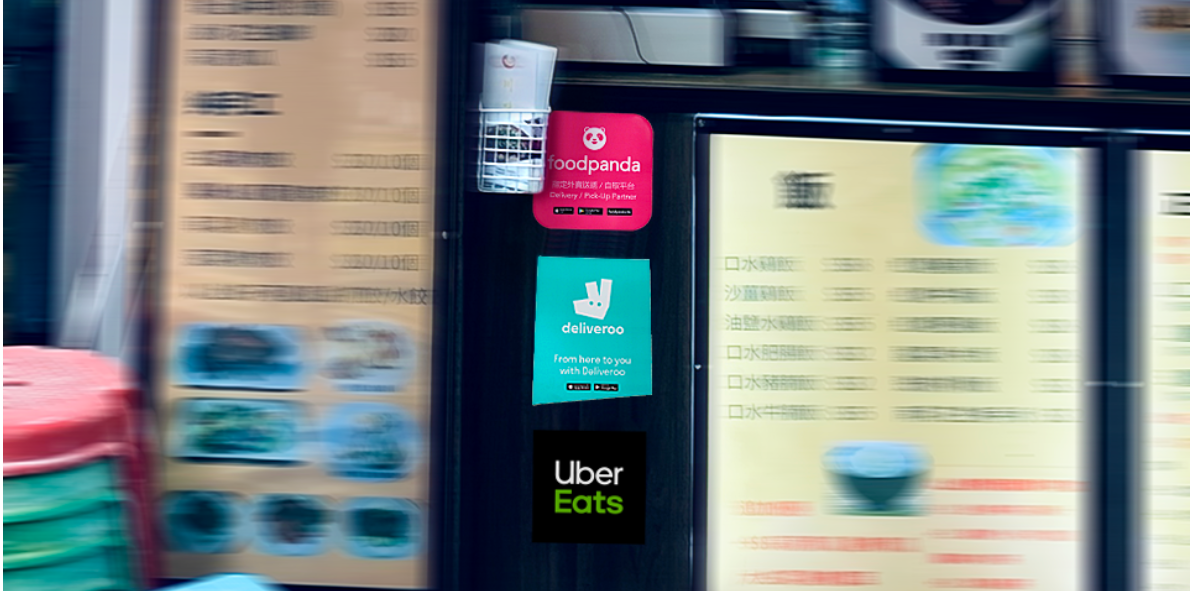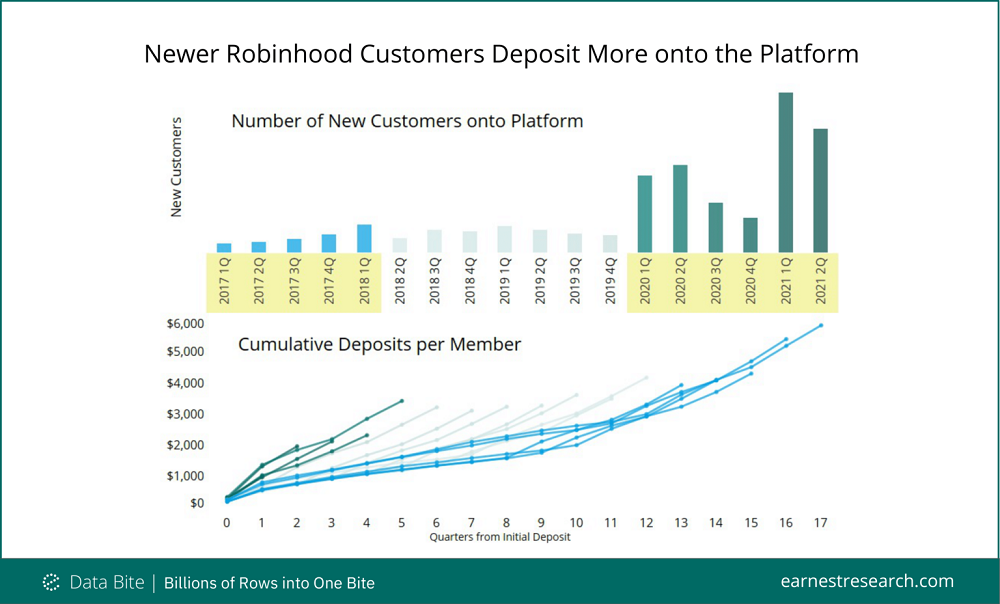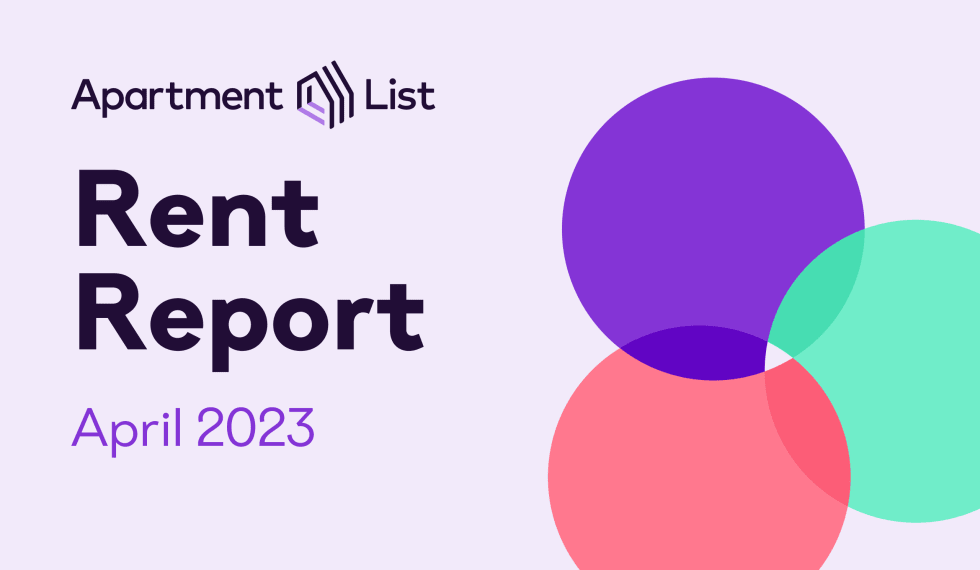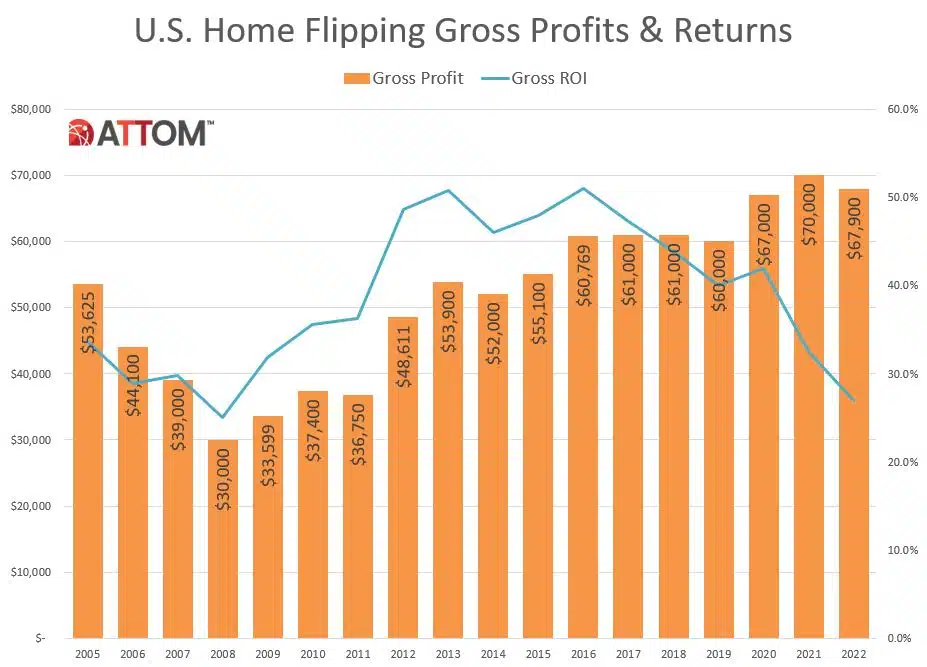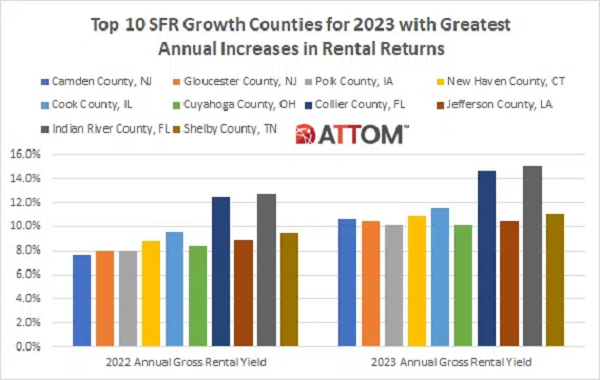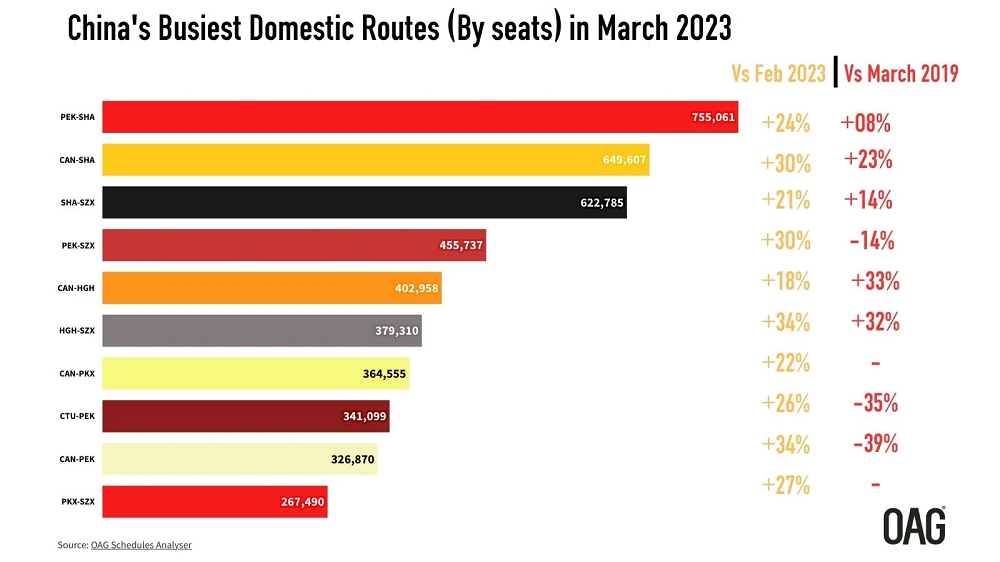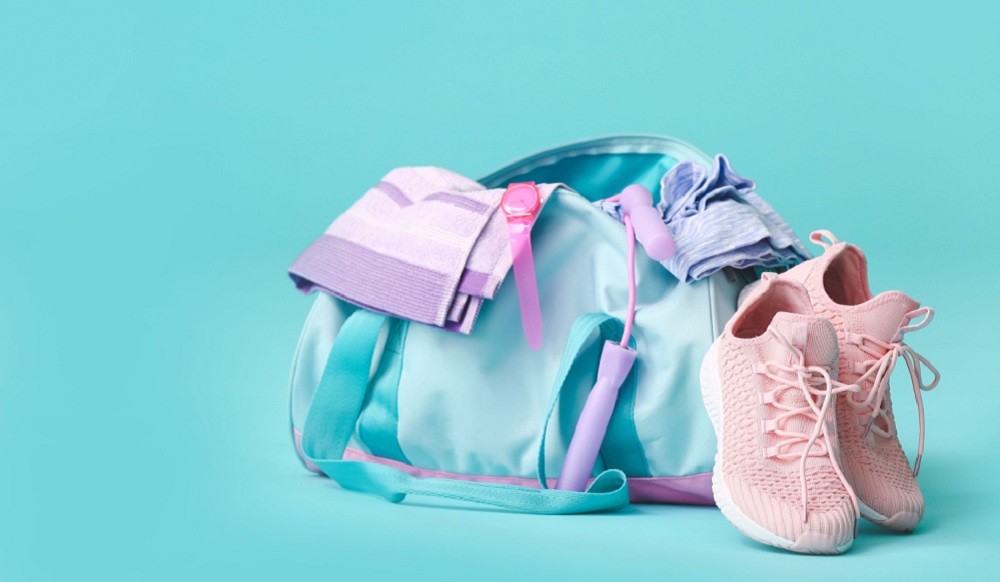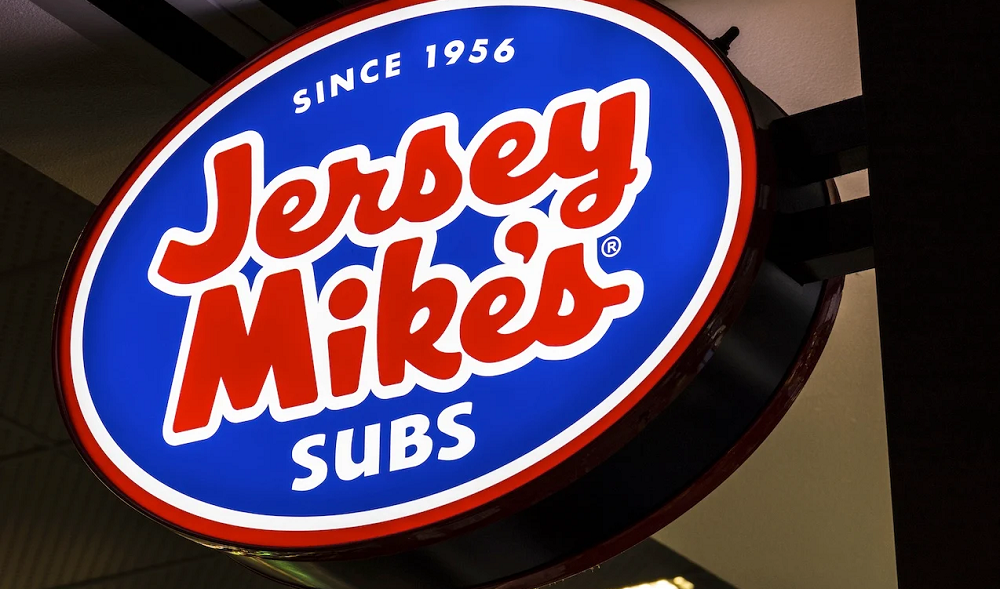Notable Hit 1: (FIVE:NASDAQ) On Wednesday March 15, 2023 Five Below, Inc. (FIVE) posted revenues of $1.12 bn, surpassing the consensus estimates by +1% and in the same direction as Advan's forecasted sales. The revenue increased 12.7% YoY - in line with Advan's foot traffic data increase of 14.5% YoY at its stores for Q4 2022. Advan's footfall data has a correlation of 0.82 on a YoY basis with FIVE's top-line revenue over the last 15 quarters.
The retail landscape continues to shift, and companies are adapting to meet changing consumer demands and preferences. To better understand current trends, we analyzed location intelligence metrics for two brands successfully navigating tricky economic waters: Nike and lululemon. With interest in fitness and sporting goods still strong, both companies are focusing on new growth opportunities and continuing to expand their brick-and-mortar presence despite the ongoing headwinds.
Silicon Valley Bank – 16th largest in the US – is the latest casualty of the Fed assault on inflation. It was regulated as a regional bank, and these are typically local, specialising in one sector (e.g. agriculture). SVB also specialised in one sector – tech – but it had a global reach. With assets of less than $250bn, they benefited from looser regulation and built a loan portfolio of start ups with limited assets, patchy cash flows, and no profits. Customers included Biotech, Fintech, Crypto and even California wineries.
Temu, the ecommerce company owned by Pinduoduo, has had its mobile app installed by 50 million people since it launched in September 2022. Even with its late 2022 launch, it managed to become the 8th most downloaded shopping app in the United States last year. Both SHEIN and Wish took about 3 years to cross 50 million installs whereas it's taken Temu about seven months.
2022 saw continued foot traffic growth in the grocery category nationwide. And as rising food prices continue to weigh on the consumer, the grocery space remains top of mind for retailers and analysts with their finger on the pulse. Grocery is a regionally-focused retail category, meaning that leading brands tend to dominate specific geographic areas of the country. In this blog, we’ll dive into the leading grocery chains in the Midwest to take a closer look at the ways brands are driving foot traffic to their stores.
When many Americans sheltered in their homes early in the coronavirus pandemic, meal delivery sales reached new heights. Consumer transaction data shows that in April 2020, combined sales for major meal delivery services grew 162 percent year-over-year and 59 percent compared to the previous month. Despite new macroeconomic challenges such as rising food prices, competition from dine-in restaurants, and increased fuel costs, the meal delivery industry as a whole is continuing to see some growth, though at much lower rates than those pandemic peaks.
By this time, you probably already know what day it is: Equal Pay Day. Don’t worry, this isn’t another rant on the pay gap, but rather an examination of a measure purported to address the problem, pay transparency laws. The hope is that through access to complete information on salary ranges, all employees and applicants will be better equipped to navigate salary negotiations with existing and potential employers. If men tend to negotiate salaries more aggressively, then explicit pay ranges remove some of the guesswork that has kept women from negotiating with the same confidence.
Pop-up shops are nothing new on the retail scene, with Japanese fashion house Comme de Garcons debuting the "guerrilla shop" back in 2004. Since then, more and more retailers have jumped on the pop-up train, seeing the format as a fast, affordable, and engaging way to promote their products. We take a closer look at a few different pop-up retail experiences to understand how brands can leverage this format to expand their reach and tap into new markets.
Pizza has always been one of the most popular fast food delivery options. After all, who has the willpower to refuse an alluring slice of pizza? Measurable AI is the largest e-receipt data provider for the emerging markets specializing in the digital economy. In light of Pi day yesterday (14th March), we take a look at our own “pie” data – i.e. pizza. In particular, we delve into the Vietnamese pizza delivery market as discerned from our 2H22 Grab dataset to see what insights can be unearthed. Some food for thought indeed.
Customers are returning to major theater chains Cinemark, Regal, AMC, and Marcus, but they aren’t going at the same time as before the pandemic. Overall theater visits fell to nearly zero in the early months of Covid-19 in 2020. As theaters reopened in geographies with varying levels of restrictions and work-from-home adoption, the time of day people visited those theaters also changed.
Our latest white paper examines the ways in which business and travel have changed over the past few years. As the pandemic took hold and work-from-home mandates became widespread, business travel came to a halt and office blocks emptied out. After many stops and starts, COVID-19 surges, and inflationary pressures, how has traveler behavior shifted? This white paper digs into the foot traffic data to understand how business travel has changed following the events of the past few years. Read on for a taste of our findings.
On Sunday, the much anticipated 95th Academy Awards ceremony takes place, highlighting buzzworthy artists like Michelle Yeoh and Austin Butler. The nominations for the Oscars, announced on the 24th of January, saw viewers rush to watch their favorite, now critically acclaimed movies. And streaming app Paramount+ saw the biggest increase in week-over-week download growth – 80%! – thanks to Top Gun: Maverick and Everything Everywhere All At Once.
Hotel occupancy came in at 62.8%, which was down from an elevated 64.2% the week prior (Presidents’ Day holiday) but higher than all other weeks in 2023 and 3.0% above the 2022 comparable. Average daily rate (ADR) was lower week over week as well but up 8.9% year over year (YoY) to US$151. As a result, revenue per available room (RevPAR) gained 12.1% YoY to US$95. As the 2022 Omicron calendar comparison fades, hotel performance is resembling a more normal pattern as evidenced by improving occupancy in major markets and growing group demand.
Signs of recovery are starting to emerge for China Tourism, Sandalwood Tourism Tracker and Retention data shows. Ctrip and Tongcheng Elong’s transaction level surge points to a rising overall Chinese consumer travel demand. Domestic travel remains above-seasonal post-CNY. Tourism to Hainan Island recovered and surpassed same period last year. In addition, though still far from 2019 level, CITS Sunrise Duty Free offline sales point to strong signs of rebound, up +331% y/y in 1Q22 QTD (Data up to Feb 26th).
The future, it would seem, belongs to hybrid work. While many employers are eager to bring more people back to the office, few have set their sights on a five-day in-office work week. And though working from home has its perks, in-person meetings and social interactions with colleagues can be important for morale. The devil, however, is in the details – and as workers and bosses continue to wage the “remote work wars,” it remains to be seen just how the hybrid work week will continue to evolve moving forward.
In Indonesia’s ride-hailing market, Gojek and Grab have been dominating as the two main players. When it comes to order volume across the year 2022, the two companies are competing head to head with very close market share. As of 2023 January, the two companies equally share the market at around 50% by order volume including both two-wheelers and four-wheelers, according to Measurable AI’s very own unique e-receipts panel.
In their most recent earnings report, HFGG-ETR highlighted the variability in performance across geographies, especially reopening economies and those hit hardest by inflation. Since CE Transact Global is now able to track individual performance across seven different markets, it can provide key insights into performance differences. In today’s Insight Flash, we look at share performance for the Domestic US segment versus the International transactions for six European countries, as well as individual country growth rates and repeat purchase behavior in the US and UK.
The top 10 quick-service restaurant apps in the U.S. were downloaded 10.5 million times in February, 4.2 percent more than those the month prior. Year-over-year in the month of February, downloads of the top 36 quick-service restaurant apps are up 33.7 percent. A download represents a new user and the first conversion on the mobile app customer’s journey.
February 2022 was one of the last “typical” retail months, sandwiched between the Omicron surge of December 2021/January 2022 and the high gas prices and rising inflation that characterized most of last year. A year later, we dove into the February 2023 foot traffic data to understand how the major retail categories performed relative to this recent benchmark of normalcy.
The U.S. set a gambling record in 2022 with nearly $55b in revenue. Gambling revenue in N.J. alone topped $5b last year, matching the state’s all-time high in 2006. We can attribute much of that growth to the rise of sports betting apps, like FanDuel and DraftKings, that make placing bets as easy as liking someone’s post on Instagram. Gambling advertisers—think everything from casinos to fantasy sports leagues—have responded, increasing their investments by 40% YoY to nearly $866mm; the average monthly investment was $72mm, up from $46mm in 2021.








